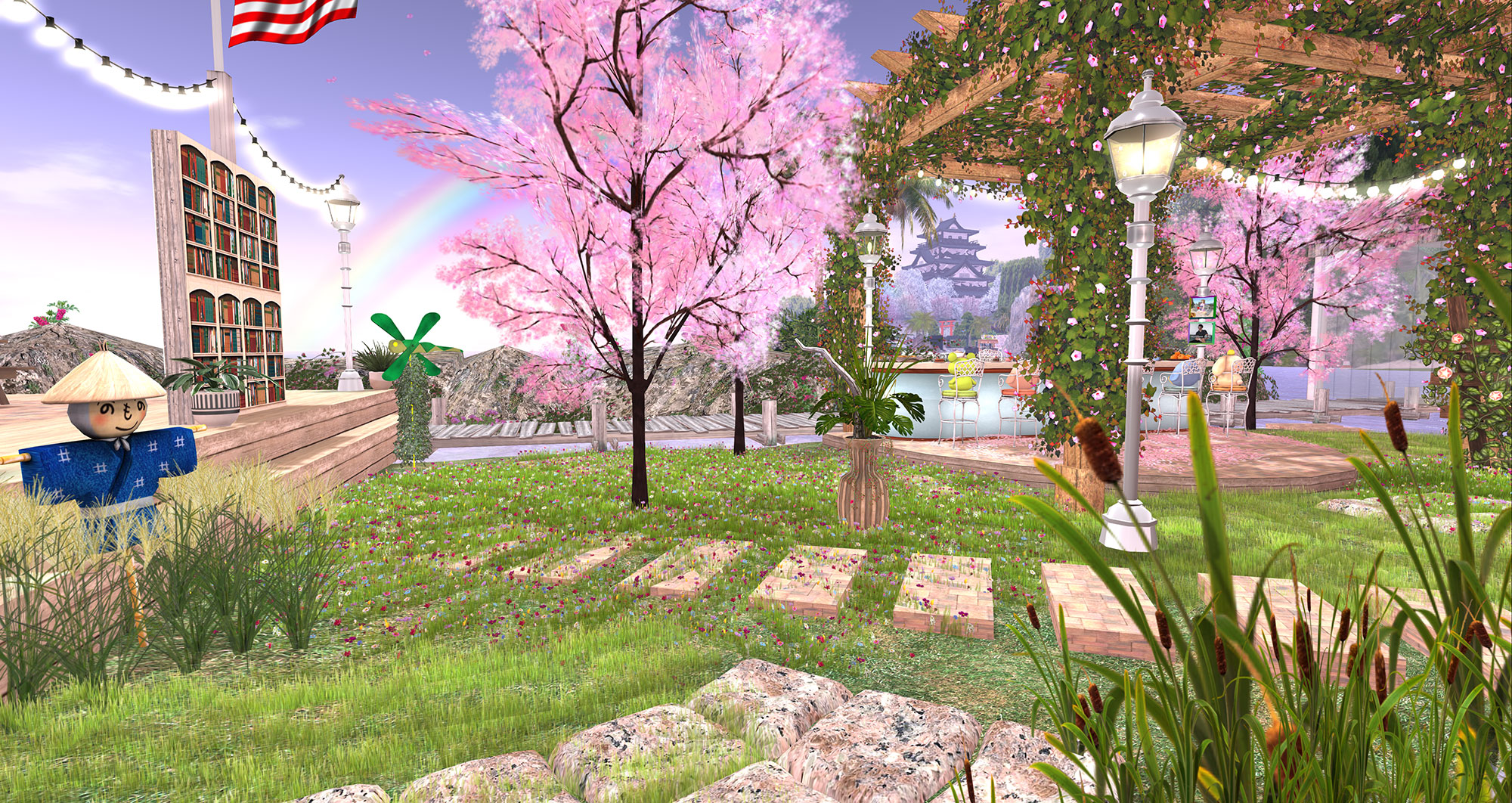The や particle is a versatile particle used in Japanese to list examples or choices without implying a definitive or exhaustive list. Here are some examples of how the や particle is used:
Listing Examples:
The や particle is often used to list examples of things, people, or actions without implying that the list is exhaustive. It is similar to the English expression “such as” or “including”. For example:
動物園では、ライオンやトラやキリンが見られます。(Doubutsuen de wa, raion ya tora ya kirin ga miraremasu.)
At the zoo, you can see animals such as lions, tigers, and giraffes.日本の食べ物には、寿司やラーメンやうどんがあります。(Nihon no tabemono ni wa, sushi ya raamen ya udon ga arimasu.)
Japanese cuisine includes dishes such as sushi, ramen, and udon.
Listing Choices:
The や particle is also used to list choices, usually when the speaker wants to suggest a few options without necessarily committing to any one of them. For example:
今日の夕食には、肉や魚や野菜、どれにする?(Kyou no yuushoku ni wa, niku ya sakana ya yasai, dore ni suru?)
For dinner tonight, which one do you want: meat, fish, or vegetables?今度の旅行では、京都や大阪や広島に行く予定です。(Kondo no ryokou de wa, Kyouto ya Oosaka ya Hiroshima ni iku yotei desu.)
For the next trip, we plan to go to places like Kyoto, Osaka, or Hiroshima.
Expressing Incompletion:
The や particle can also be used to indicate that a list is not complete and that there are other items that could be added to it. For example:
日本のお土産には、折り紙や漆器があります。(Nihon no omiyage ni wa, origami ya shikki ya wagashi ga arimasu.)
Japanese souvenirs include things like origami, lacquerware, and other things.
In conclusion, the や particle is a versatile particle used in Japanese to list examples or choices without implying a definitive or exhaustive list. Its usage can vary depending on the context and relationship between the speaker and listener.

